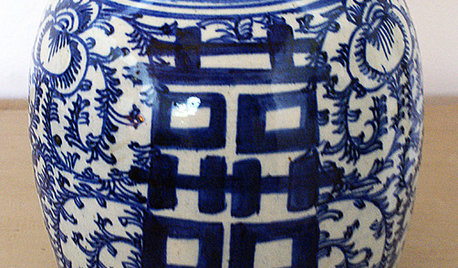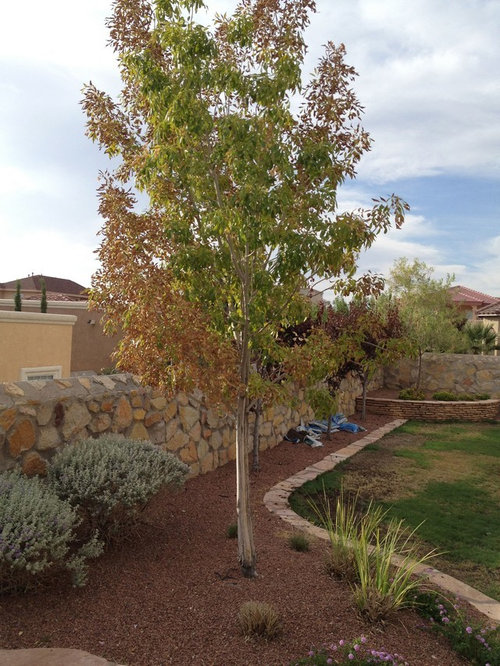Leaves turning brown
erict43
11 years ago
Related Stories

TROPICAL STYLEEasy Decorating: Turn Over a New, Tropical Leaf
Toss a palm frond in a vase or gather a whole bouquet — fresh or preserved tropical leaves bring on the exotic with almost no effort
Full Story
GARDENING GUIDESWhat's Wrong With My Plant? Leaves Often Hold the Clues
Learn how to identify common plant ailments by reading their leaves
Full Story
FALL GARDENING5 Ways to Put Fall Leaves to Work in Your Garden
Improve your soil and yard the organic way with a valuable garden booster that grows on trees
Full Story
REMODELING GUIDESHouzz Tour: Turning a ’50s Ranch Into a Craftsman Bungalow
With a new second story and remodeled rooms, this Maryland home has plenty of space for family and friends
Full Story
HOUZZ TOURSMy Houzz: A Circle of Friends Turns a Dallas House Into a Home
Homeowners enlist help from friends to remodel, build an addition and decorate their home
Full Story
HOUZZ TOURSMy Houzz: Turning a Netherlands Barn Into a Country Home
Once a place for chilling milk, this Dutch home now lets the owners chill out in easygoing comfort
Full Story
GREAT HOME PROJECTSTurn That Spare Room Into a Walk-in Closet
New project for a new year: Get the closet you’ve always wanted, starting with all the info here
Full Story
COLORFUL HOMESHouzz Tour: Turning Tradition on Its Head in Vermont
Leopard-spotted stairs, Victoriana paired with Lucite and other daring style moves give a home in a shire a completely new twist
Full Story
LIGHTINGHow to Turn a Vase Into a Lamp
Fashion a light fixture from that antique or thrift store find, for a one-of-a-kind piece you’ll be proud to display
Full Story
Hurricanes Turn Candles Into Elegant Fall and Winter Décor
Add height to a centerpiece or vignette with the glow and shine of these tall glass candleholders
Full Story







erict43Original Author
erict43Original Author
Related Professionals
Hershey Landscape Architects & Landscape Designers · Woodinville Landscape Architects & Landscape Designers · Paradise Landscape Architects & Landscape Designers · Federal Way Landscape Contractors · Glendale Heights Landscape Contractors · Lexington Landscape Contractors · South Lake Tahoe Landscape Contractors · Agoura Siding & Exteriors · North Hollywood Siding & Exteriors · Solana Beach Decks, Patios & Outdoor Enclosures · Shorewood Decks, Patios & Outdoor Enclosures · Hull Decks, Patios & Outdoor Enclosures · Issaquah Decks, Patios & Outdoor Enclosures · West Chester Decks, Patios & Outdoor Enclosures · Tysons Corner Stone, Pavers & Concretewisconsitom
jean001a
erict43Original Author
erict43Original Author
erict43Original Author
erict43Original Author
lisanti07028
erict43Original Author
lisanti07028
erict43Original Author
wisconsitom
erict43Original Author
wisconsitom